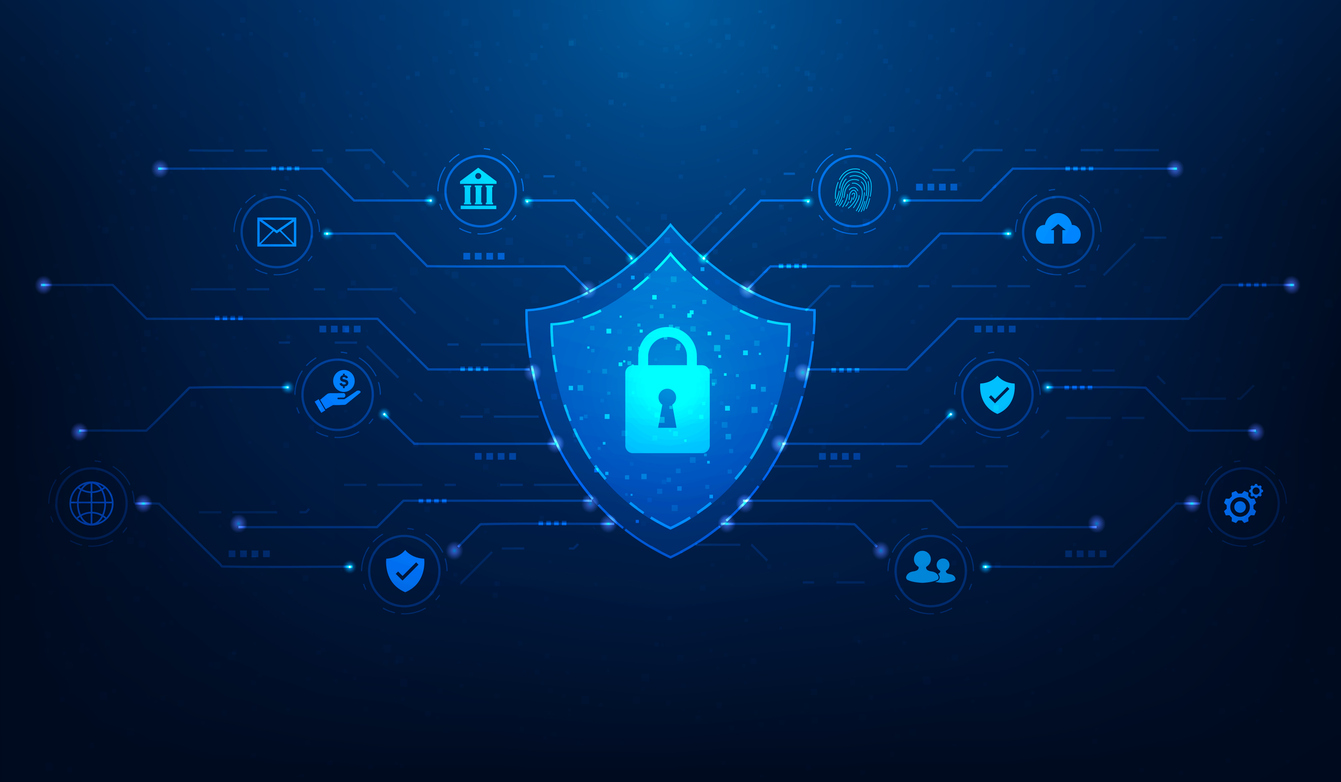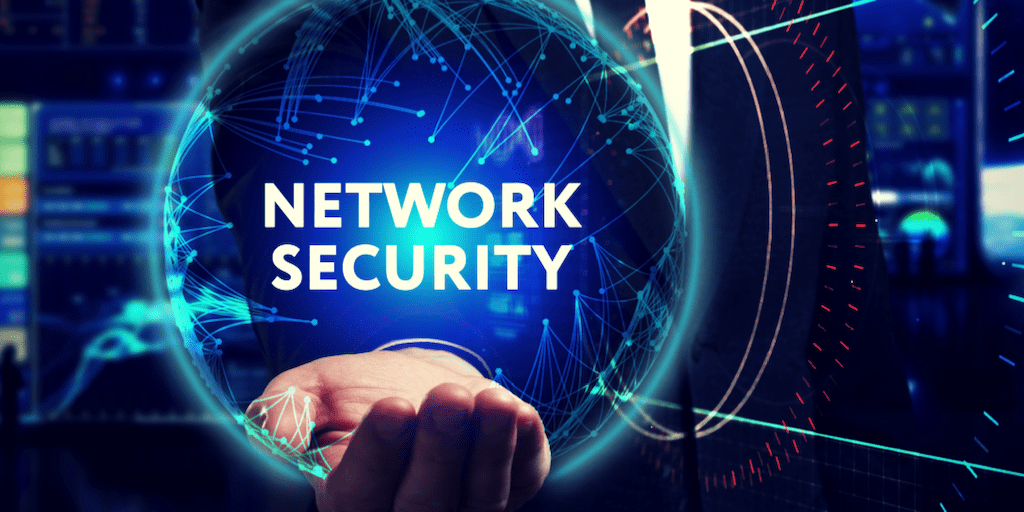Why Information and Network Safety And Security Should Be a Leading Top Priority for Every Organization

Increasing Cyber Risk Landscape
As companies significantly count on digital frameworks, the cyber risk landscape has actually expanded dramatically more complicated and dangerous. A wide range of advanced strike vectors, including ransomware, phishing, and advanced consistent dangers (APTs), present considerable threats to sensitive data and functional connection. Cybercriminals utilize progressing technologies and tactics, making it important for organizations to stay watchful and positive in their safety and security measures.
The expansion of Web of Things (IoT) tools has better exacerbated these obstacles, as each attached tool stands for a prospective entry factor for destructive stars. Additionally, the surge of remote job has expanded the assault surface, as employees access company networks from different places, commonly making use of personal tools that might not adhere to stringent protection methods.
Additionally, regulatory compliance needs remain to develop, demanding that organizations not only safeguard their data however also show their commitment to securing it. The raising combination of expert system and maker understanding into cyber defense strategies provides both difficulties and chances, as these innovations can boost danger discovery but might also be made use of by opponents. In this setting, a robust and flexible safety posture is vital for alleviating threats and guaranteeing business resilience.
Financial Effects of Information Violations
Data breaches bring substantial financial effects for organizations, typically causing prices that extend far past immediate remediation efforts. The preliminary expenditures usually consist of forensic examinations, system repairs, and the implementation of improved safety and security measures. The economic after effects can additionally escalate via a range of additional variables.
One major issue is the loss of profits originating from decreased consumer trust fund. Organizations might experience lowered sales as customers look for more safe choices. Furthermore, the long-lasting effect on brand name credibility can result in decreased market share, which is difficult to evaluate yet exceptionally impacts earnings.
Additionally, organizations may encounter boosted expenses pertaining to customer notifications, credit report tracking solutions, and possible payment claims. The financial worry can also encompass prospective increases in cybersecurity insurance costs, as insurance firms reassess danger complying with a breach.
Regulatory Conformity and Legal Dangers
Organizations deal with a myriad of regulatory conformity and legal dangers following a data violation, which can considerably make complex recovery initiatives. Numerous legislations and regulations-- such as the General Information Protection Guideline (GDPR) in Europe and the Health Insurance Coverage Transportability and Liability Act (HIPAA) in the United States-- mandate stringent standards for information security and breach notice. Non-compliance can result in large fines, legal actions, and reputational damage.
Additionally, companies need to browse the complex landscape of state and federal legislations, which can differ considerably. The possibility for class-action lawsuits from impacted stakeholders or consumers better exacerbates lawful obstacles. Business usually face scrutiny from regulative bodies, which might enforce additional charges for failures in information governance and safety.
Along with economic effects, the lawful implications of an information violation might demand significant financial investments in legal counsel and compliance resources to manage investigations and remediation efforts. Comprehending and adhering to pertinent policies is not just a matter of lawful commitment; it is necessary for securing the company's future and keeping functional integrity in an increasingly data-driven setting.
Building Client Depend On and Loyalty
Frequently, the structure of client trust and commitment depend upon a firm's dedication to data safety and personal privacy. In an age where information breaches and cyber hazards are significantly prevalent, customers are a lot more discerning regarding just how their personal details is handled. Organizations that prioritize robust data defense determines not only safeguard sensitive information but additionally promote an environment of trust fund and openness.
When consumers perceive that a company takes their data safety seriously, they are extra likely to take part in long-lasting partnerships keeping that brand. This count on is strengthened through clear communication concerning information practices, consisting of the kinds of details gathered, just how it is made use of, and the steps required to protect it (fft perimeter intrusion solutions). Firms that embrace an aggressive strategy to safety can separate themselves in an affordable marketplace, causing raised customer loyalty
Furthermore, organizations that demonstrate liability and responsiveness in case of a safety case click for more info can transform possible dilemmas into chances for enhancing consumer partnerships. By continually prioritizing data safety and security, organizations not just safeguard their possessions however also grow a devoted consumer base that really feels valued and secure in their interactions. In this method, information safety comes to be an important part of brand name stability and customer contentment.

Important Approaches for Security
In today's landscape of progressing cyber dangers, more info here carrying out important approaches for defense is crucial for guarding sensitive details. Organizations should take on a multi-layered safety strategy that consists of both technical and human components.
First, deploying innovative firewall softwares and breach discovery systems can help monitor and block destructive tasks. Regular software application updates and spot administration are crucial in resolving vulnerabilities that can be manipulated by assaulters.
Second, staff member training is important. Organizations needs to carry out regular cybersecurity understanding programs, educating staff concerning phishing frauds, social engineering techniques, and secure surfing methods. A well-informed workforce is a powerful line of defense.
Third, data security is essential for securing sensitive information both in transportation and at remainder. fft perimeter intrusion solutions. This makes sure that also if information is obstructed, it remains unattainable to unapproved individuals
Verdict
In final thought, prioritizing data and network safety and security is essential for organizations navigating the progressively intricate cyber risk landscape. The economic repercussions of data breaches, coupled with strict governing compliance requirements, emphasize the requirement for robust safety procedures.
In an age marked by an increasing frequency and refinement of cyber dangers, the imperative for companies to prioritize data and network safety has actually never been more important.Frequently, the structure of customer count on and loyalty hinges on a company's dedication to information protection and privacy.When clients regard that a business takes their data safety and security seriously, they are more likely to involve in lasting partnerships with that brand name. By look at this now consistently prioritizing information safety and security, organizations not only protect their possessions yet likewise grow a loyal customer base that feels valued and secure in their interactions.In final thought, focusing on information and network safety is vital for organizations navigating the progressively complicated cyber risk landscape.